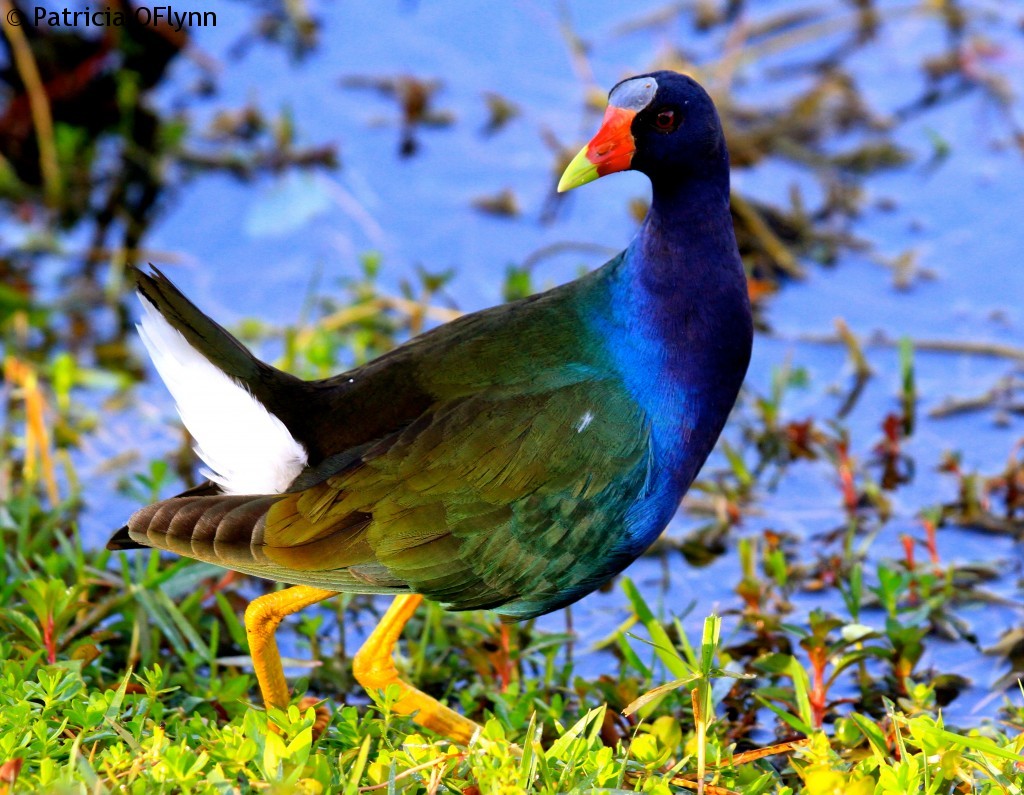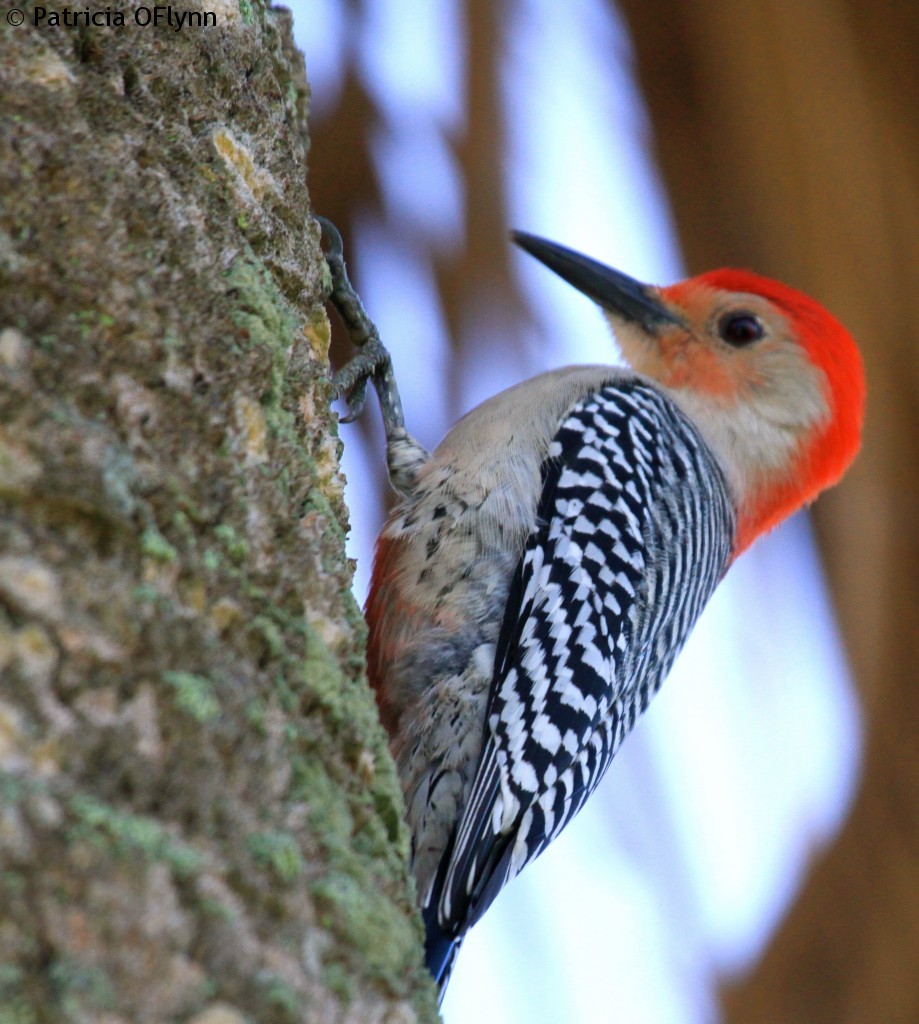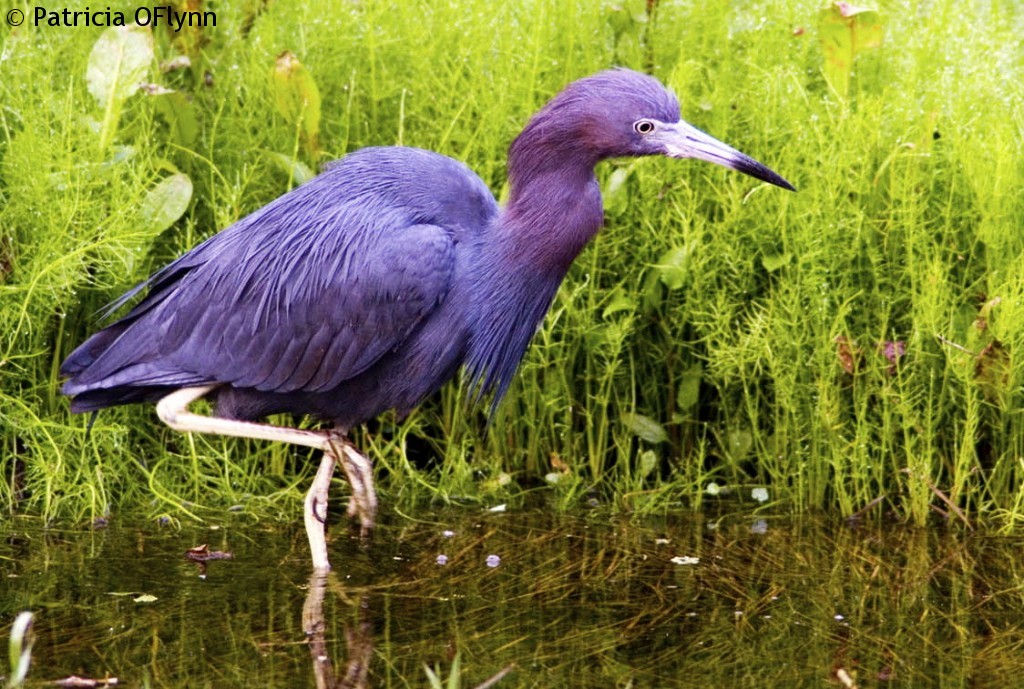Everglades National Park is one of the largest and most well-known of America’s national parks. It covers 1,506,539 acres, it is the third largest national park in the lower 48 states, only Death Valley and Yellowstone National Parks are bigger. The park contains sawgrass marshes, hardwood hammocks, mangrove swamps, and lakes.
Everglades National Park is the only ecosystem in the world where alligators and crocodiles co-exist side by side. Alligators do not eat human beings. But, they will protect themselves, attacking humans if they get too close or endanger their young.

The Everglades name is synonymous with birds. In the 1800s, the well-known naturalist and artist, John James Audubon, wrote during a visit to South Florida, “We observed great flocks of wading birds flying overhead toward their evening roosts… They appeared in such numbers to actually block out the light from the sun for some time.” Over 400 species of birds have been known to occur in southern Florida. Birds are usually placed in one of three groups: wading birds, land birds, and birds of prey. One of the prettiest wading birds is the purple gallinue seen below.

A common land bird found in the Everglades is the Red-bellied Woodpecker. The red-bellied woodpecker often creates “caches” of food by drumming rows upon rows of small holes and wedging a single nut or seed into each one.

The little blue heron is unique among herons as it is the only species with two distinct colour morphs for mature and immature birds, with the adult bird being mostly blue and the immature almost entirely white.

And best of all we saw Bigfoot and his son pulling into the Everglades!
Comments
Powered by Facebook Comments


